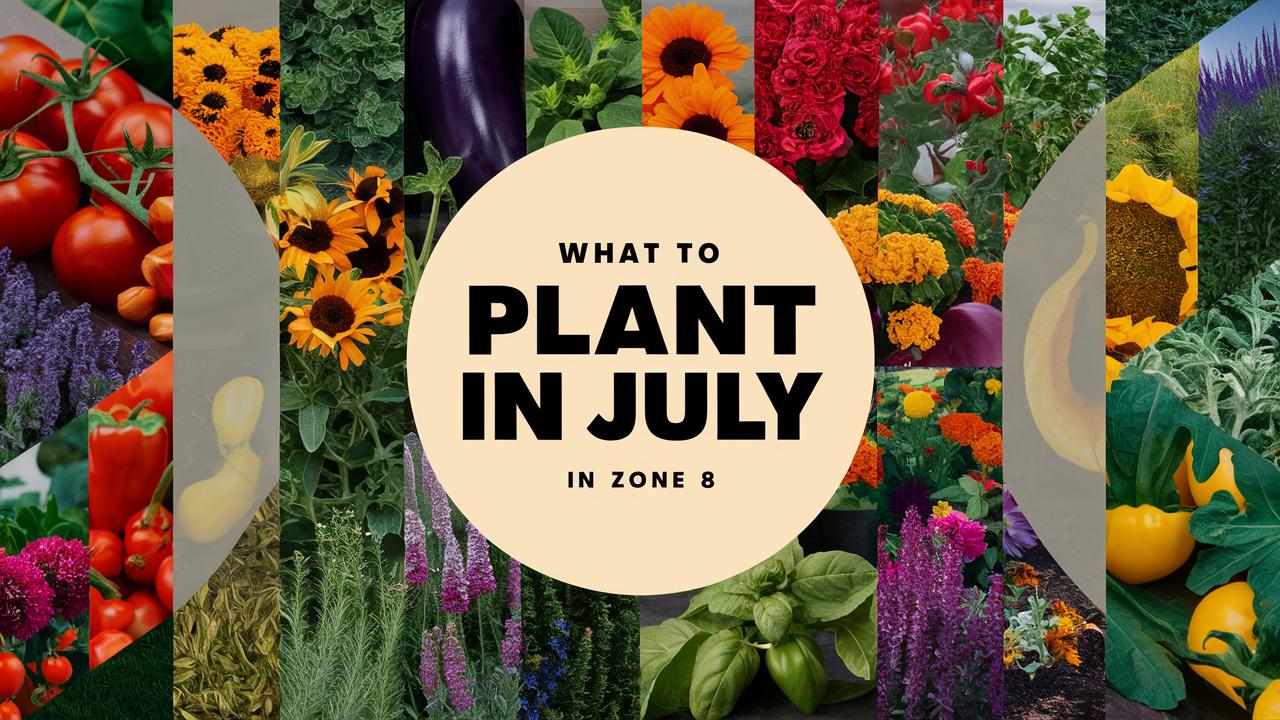This guide covers the best options for planting in July in zone 8, ensuring a bountiful garden from late summer through early fall.
Vegetables To Plant
July is an excellent time to plant a variety of vegetables in Zone 8. The warm soil temperatures and longer daylight hours promote rapid growth, allowing gardeners to enjoy fresh produce before the onset of cooler weather.
Tomatoes
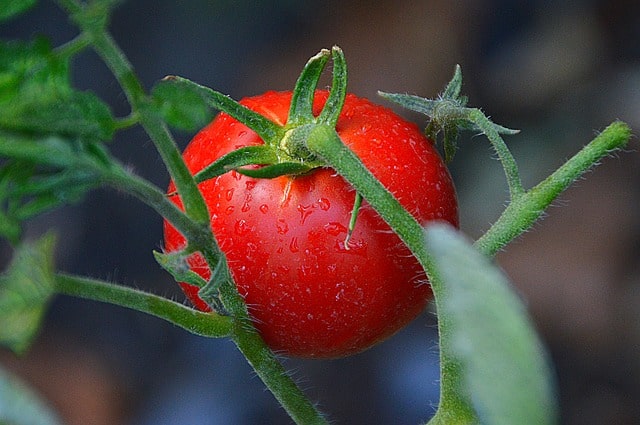
Tomatoes thrive in the warm weather characteristic of Zone 8. When planted in July, they benefit from the extended growing season. Select heat-tolerant varieties such as Sun Gold or Cherokee Purple, which can mature in about 70-85 days. As night temperatures consistently remain above 50°F (10°C) during July, tomato plants can take off, producing an abundant harvest until the first frost. Ensure they are watered consistently, particularly during any dry spells.
Peppers

Like tomatoes, peppers relish Zone 8’s warm conditions. July is the perfect time to sow both sweet and hot pepper varieties, such as Bell peppers and Jalapeños. These plants require full sun and should be planted in well-draining soil that stays warm. Expect a harvest in approximately 70-90 days, making them ready for picking by early to mid-fall. Monitor the temperature and provide sufficient water to prevent blossom drop during the heat of summer.
Green Beans
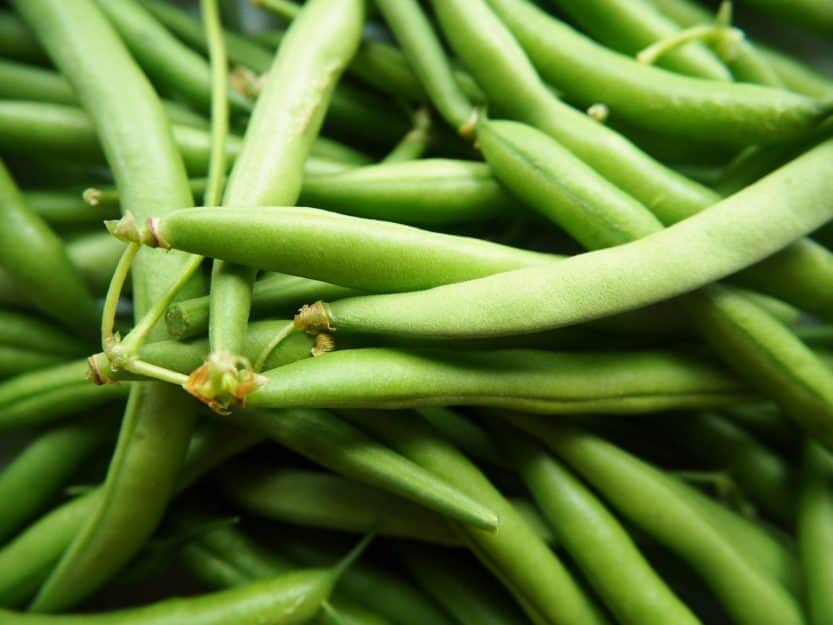
Green beans are a rapid-growing crop ideal for July planting. Both bush and pole varieties can thrive, but bush beans are particularly suited for quick harvests. They grow best in soil temperatures between 70°F (21°C) and 90°F (32°C) and can be harvested within 50-60 days. Plant them in full sun and provide stakes for pole varieties for better growth. Regular harvesting encourages continuous production through late summer.
Squash
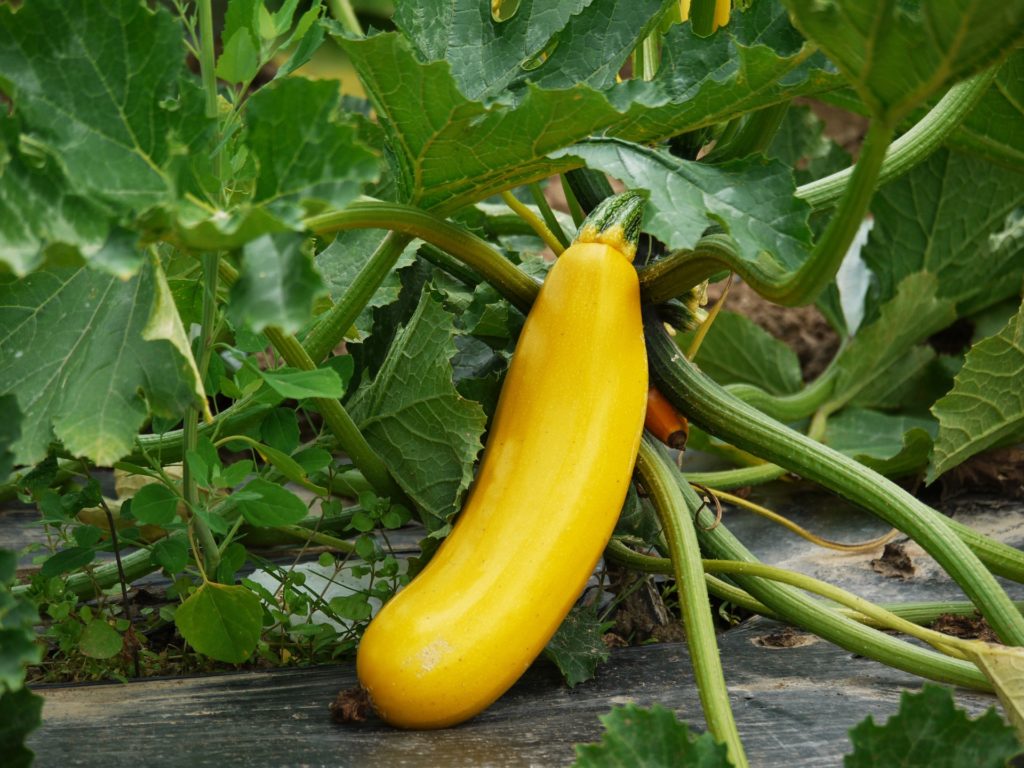
Summer squash and zucchini are excellent choices for July planting. Their growth rate is impressive, with many varieties maturing within 45-60 days. Squash prefers nutrient-rich soil with good drainage and requires ample water. Zone 8’s warm climate and sunshine contribute to their vigorous growth, making them abundant producers. However, watch for pests such as squash bugs and yellowing leaves, indicating potential issues.
Cucumbers
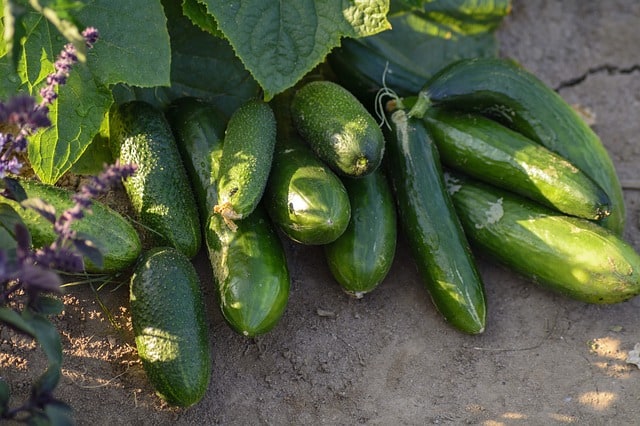
July is prime time for cucumbers in Zone 8. Fast-growing and resilient, cucumbers can yield fruit in just 50-70 days post-planting. They like sunny spots and need trellises for climbing varieties to facilitate airflow and ease harvesting. With proper water management, cucumbers can produce until fall, providing refreshingly crisp additions to summer salads.
Carrots
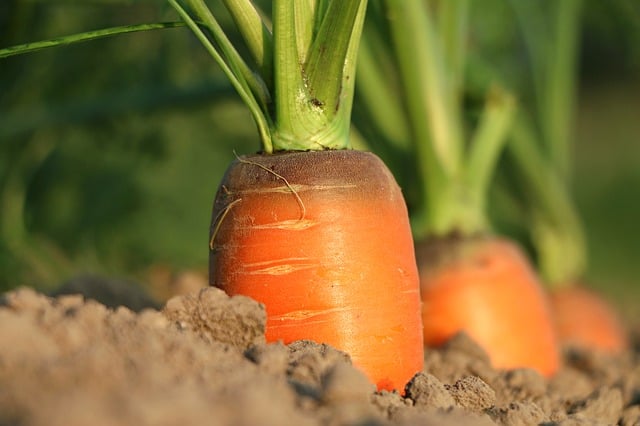
Though generally perceived as a cool-weather crop, carrots can be sown in July for a fall harvest in Zone 8. Choose shorter varieties like ‘Little Finger’ or ‘Chantenay’ for better success in the warm soil. They typically mature in 60-80 days, and with the proper watering and shaded soil, they can thrive despite summer’s heat. Ensure soil is loamy and well-drained to promote good root development.
Beets

Planting beets in July allows for a successful late-summer crop. They can handle warm temperatures and typically require 50-70 days to mature. Offering both roots and greens for harvest, beets grow best in nutrient-rich, well-drained soil. Regular watering is essential, especially in July’s heat, to prevent bolting and ensure a sweet, tender flavor.
Sweet Corn
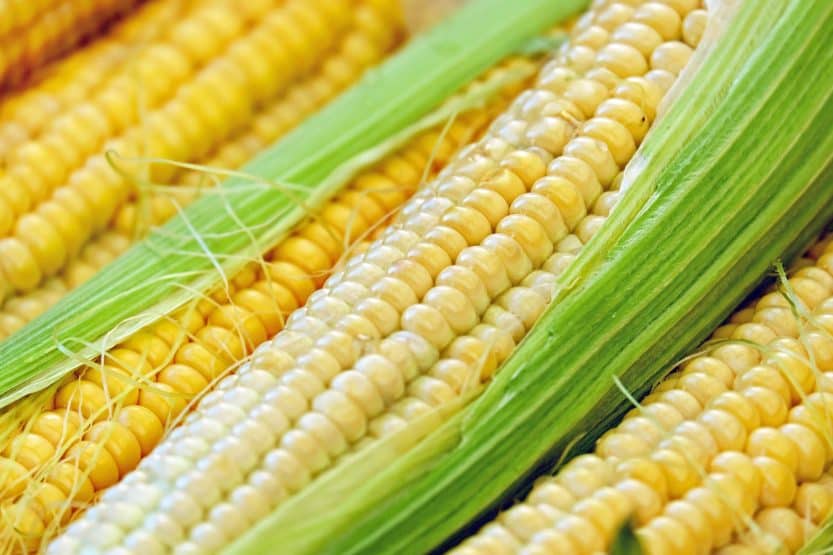
Sweet corn can also be successfully planted in July in Zone 8, where it thrives on warm soil and sun. Plant seeds every 1-2 weeks to ensure staggered harvests, yielding fresh corn in about 70-90 days. Companion planting with beans can enhance growth through natural nitrogen fixation in the soil. Corn requires adequate water, particularly during pollination, to help maximize ear size.
Radishes
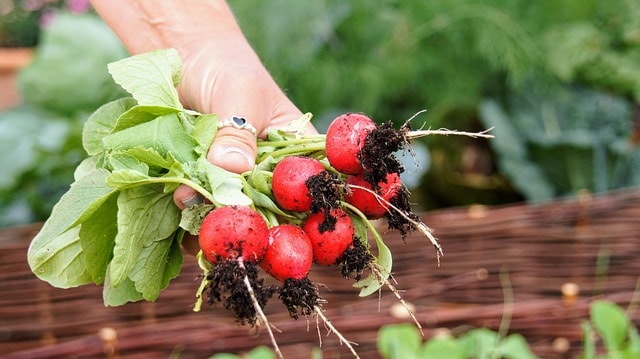
With a quick turnaround of about 25-30 days, radishes are one of the fastest-crop options gardeners in Zone 8 can plant in July. They thrive in the warm soil conditions provided in summer, and their fast growth means they can be sown in intervals for a continuous harvest. Radishes prefer well-drained soil and partial to full sunlight, which helps deter pests.
Lettuce

Lettuce can be planted in July for a late-summer crop. Opt for heat-tolerant varieties such as Butterhead or Romaine, which can withstand summer’s heat better than others. Rapid-growing and typically maturing in 60-80 days, lettuce requires consistent moisture and shade during the hottest parts of the day to prevent bolting and bitterness.
Flowers To Plant
When it comes to flowers, July can be an excellent time to plant both annuals and perennials to extend the beauty of your garden through the fall months in Zone 8.
Sunflowers

Sunflowers are perfect for July planting, thriving in full sun with minimal care. They grow robustly and can reach impressive heights in just 70-90 days. Varieties like ‘Mammoth’ or dwarf types can add a vibrant splash of color to any garden. Their large leaves provide ample shade to their roots, making them resistant to drought conditions after establishment.
Zinnias

Zinnias are fantastic summer annuals to plant in July. They grow quickly, establishing blooms in just 60 days, and flourish in full sun. These hardy flowers can withstand high temperatures and drought, adding vibrant hues to your garden. Regular deadheading encourages continuous blooming and a more prolific plant overall.
Marigolds
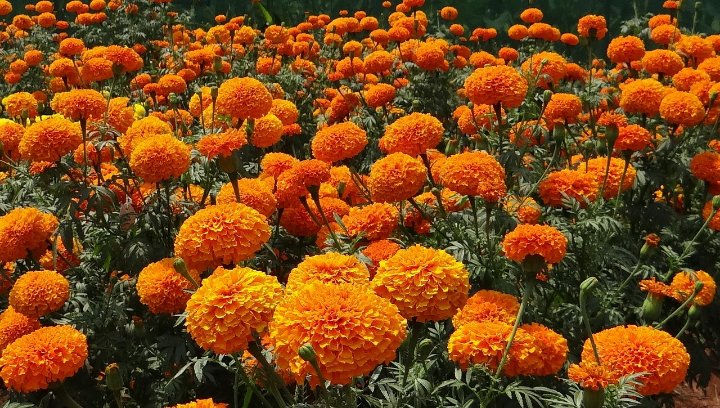
Marigolds are another excellent choice for July, given their tolerance to heat and poor soil conditions. Fast-growing and enduring, they typically reach their full bloom within 45-60 days. Marigolds also provide pest control benefits, deterring harmful nematodes and other garden pests, thus enhancing overall garden vitality.
Cosmos

Cosmos are ideal for planting in July as they enjoy warm weather and can tolerate drought well. Typically blooming about 60-75 days after sowing, cosmos produce delicate flowers that add an airy feel to your garden. They prefer full sun and well-drained soil, making them low-maintenance and resilient to heat.
Black-Eyed Susans
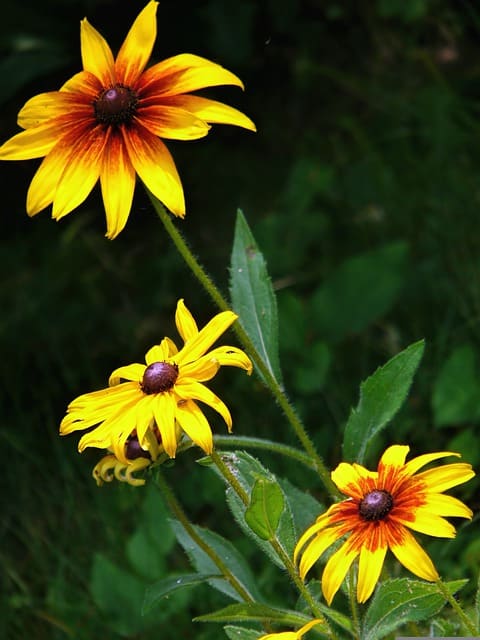
These vibrant, perennial flowers offer a burst of yellow in July gardens. Planting can be done in early or mid-July, and they will thrive well in Zone 8’s warm temperatures. Black-Eyed Susans typically require 70-85 days to bloom. Once established, they are drought-resistant and will self-seed, coming back year after year.
Salvia
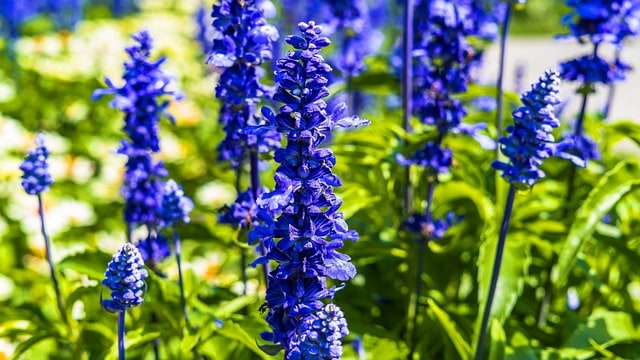
Salvia is a drought-tolerant flower that thrives in hot weather. Planting in July allows for full blooms in about 30-60 days. Their vibrant flowers attract pollinators and add vertical interest to gardens. Salvia can endure various soil types and is low maintenance, making them a great addition to any Zone 8 garden.
Asters
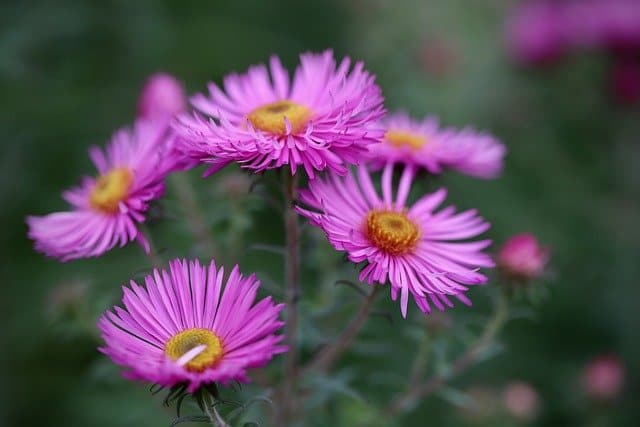
Late-summer blooming aster varieties are suitable for planting in July. These perennials flourish in full sun and can take about 90 days to reach their full flowering potential. They add color to the garden and are excellent for attracting butterflies. Asters prefer well-draining soil, ensuring robust growth.
Morning Glories
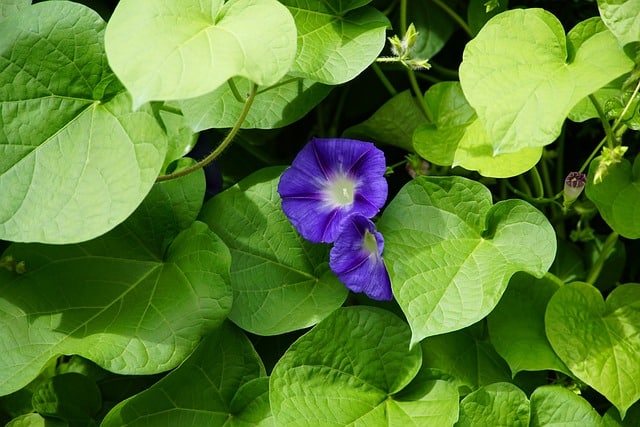
Kids and adults alike can enjoy traditional morning glory vines, which can be planted in July for a rapid burst of blooms. These annual flowers provide enchanting colors and fragrances, with tendrils that can climb to great heights if given support. Morning glories can bloom as soon as 60 days after planting when given adequate sun and moisture.
Dianthus

Dianthus, or pinks, are hardy flowers that thrive in warm weather. Planting in July will allow for blooms beginning as early as late summer, lasting into fall. These flowers can handle drought, preferring well-draining soil and full sun. Their delightful fragrance combined with vivid colors makes them a favorite among gardeners.
Pansies
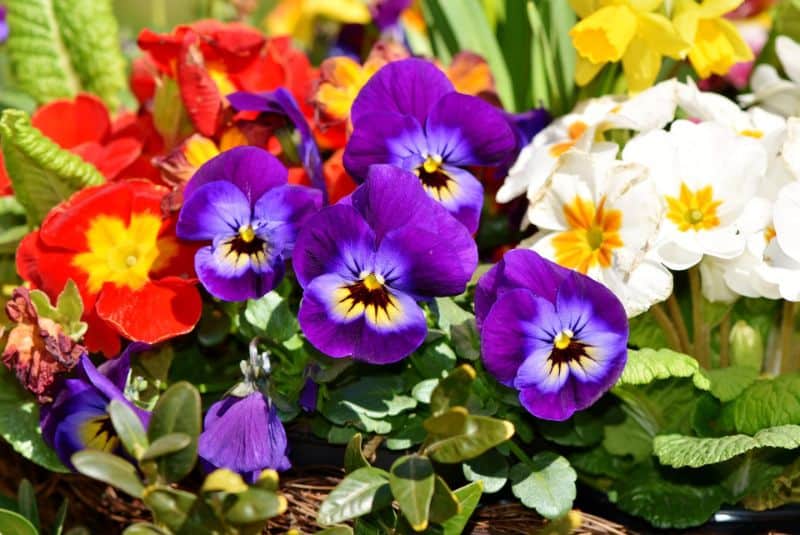
Although generally associated with cooler weather, pansies can still be planted in July in Zone 8 as a refreshing flower for the late summer and early fall. Opt for varieties that can tolerate heat, as these will thrive and be ready to bloom in approximately 70-90 days with consistent watering and well-draining soil.
Herbs To Plant
In July, growing herbs can be gratifying, allowing gardeners to enhance their culinary endeavors while enjoying the fragrant foliage.
Basil
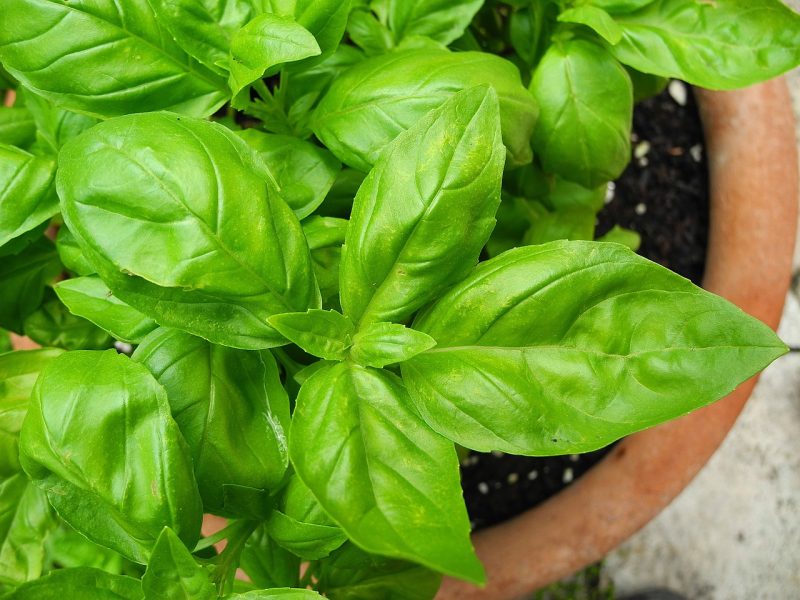
Basil is synonymous with summer cooking, and planting it in July allows for ample harvest before the cooler weather arrives. This heat-loving herb thrives in full sun and perfect soil temperatures around 70°F (21°C). With about 60-90 days until harvesting, basil can provide fresh leaves for culinary creations well into the fall.
Cilantro
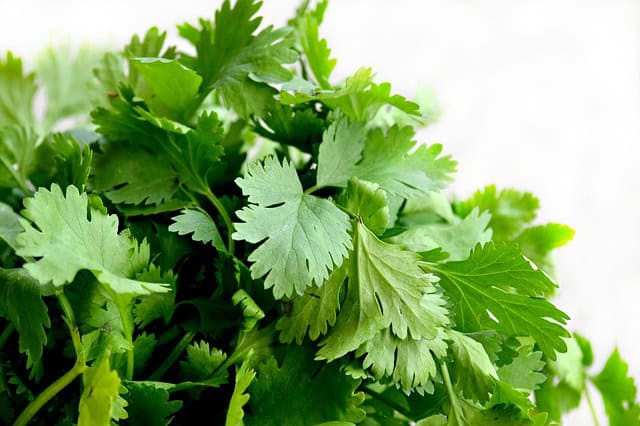
Cilantro is a quick-growing annual herb, making ideal for a mid-summer planting in Zone 8. While cilantro prefers cooler weather, July is still a viable option for sowing in the mornings and offering some partial shade. It can mature in as little as 30 days, leading to quick harvesting of both its leaves and seeds (coriander).
Dill
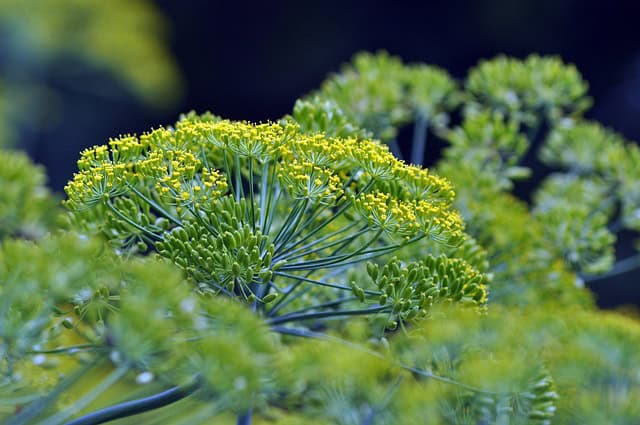
Dill is another herb that can be directly sown in July. It grows rapidly and prefers full sun, with a maturity timeframe of about 40-60 days. Dill can be used for its leaves, seeds, and flowers in various culinary applications. Ensure adequate moisture, as it can be sensitive to drought conditions.
Oregano
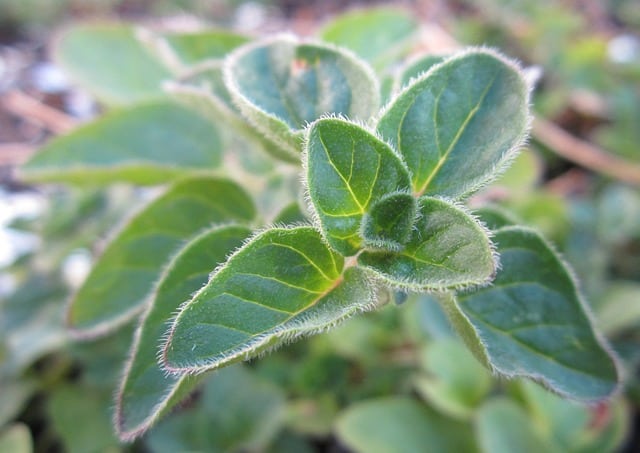
Oregano responds well to warm weather conditions, making July an appropriate time for planting. Typically, oregano requires about 90 days of growth before sufficient harvesting. This perennial herb can thrive in poor soil and is drought-tolerant once established, providing a robust flavor to Mediterranean dishes.
Chives

Chives are hardy perennials that can be established in July and will yield deliciously mild, green shoots. They grow quickly and can be harvested in just 30 days after planting. Chives prefer well-drained soil and do well in both full sun and partial shade, making them adaptable to various garden locations.
Thyme
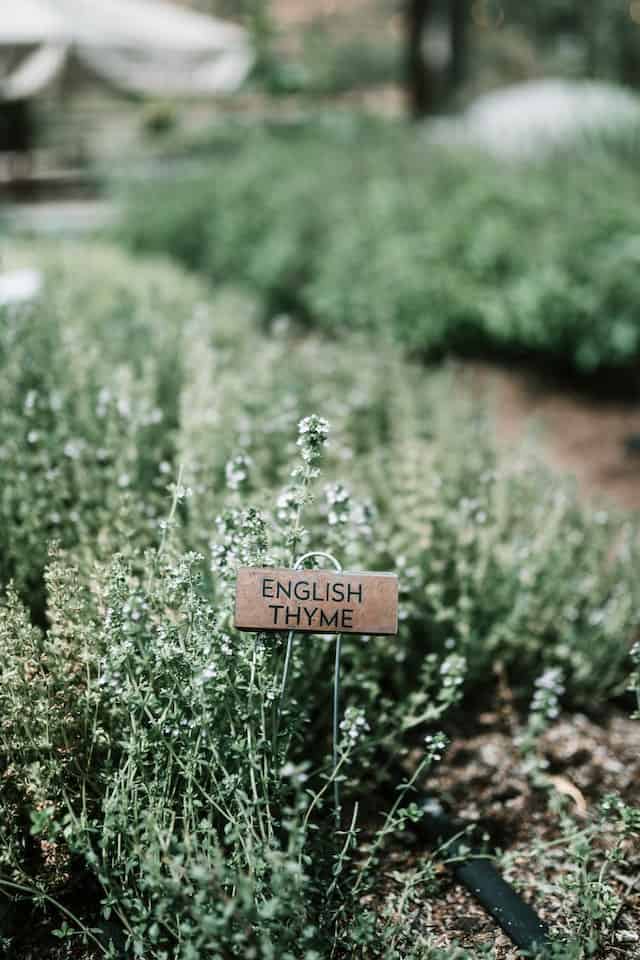
Thyme is a versatile herb that thrives in hot and dry conditions, making it well-suited for July planting in Zone 8. Established thyme plants require about 90 days to reach harvesting size. Thyme is a low-maintenance option and can tolerate poor soil, making it an excellent choice for herb gardens.
Sage

Sage can also be planted in July in Zone 8, where it flourishes in hot conditions. This perennial herb takes roughly 75-90 days to mature, providing fragrant leaves for culinary use. Sage prefers well-draining soil and full sun, ensuring the best flavor and aroma possible.
Mint
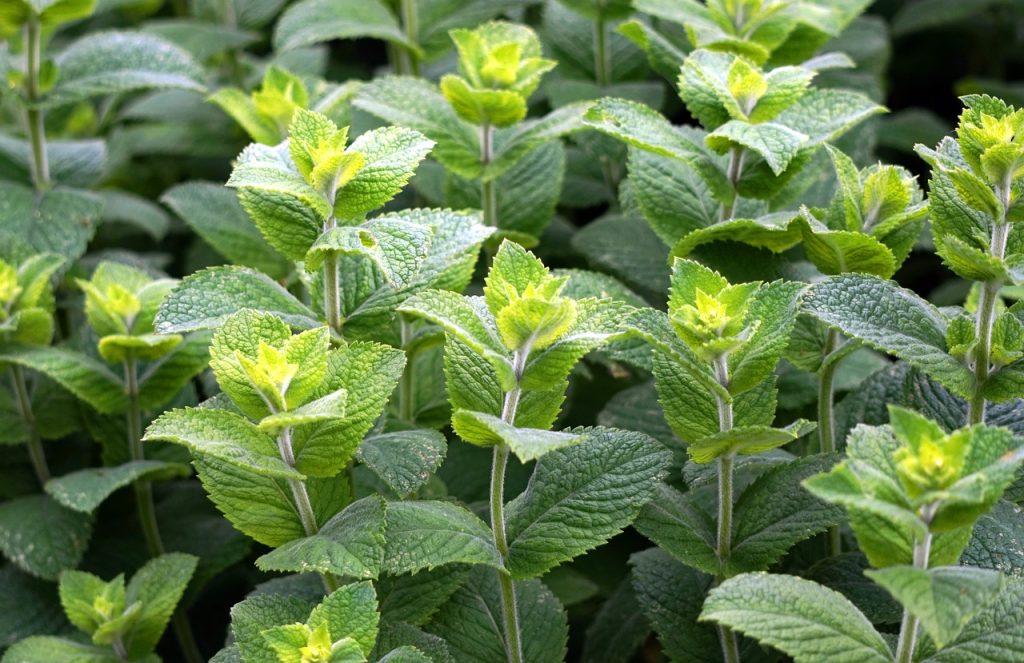
Mint is a basket of fragrant enjoyment that can be sown in containers or garden beds. While it can spread vigorously, planting in July allows ample time for growth before cooler weather kicks in. Mint thrives in rich, moist soil and will be ready for harvest in about 60 days, allowing for refreshing teas and culinary delights.
Parsley
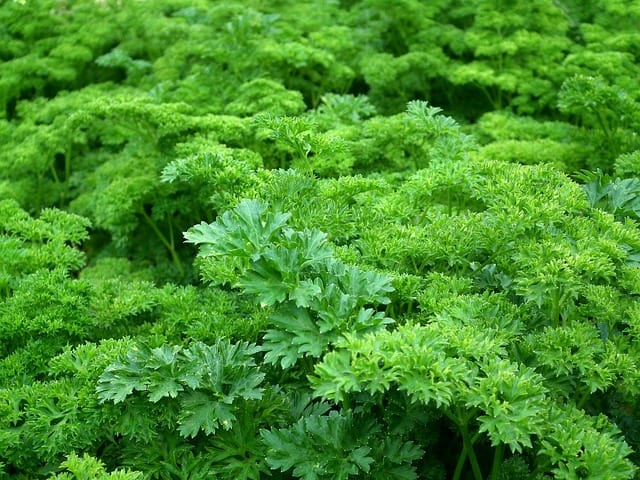
Parsley is an easy-to-grow herb that can be sown in July for a late-summer harvest. It requires about 70-80 days to grow, thriving in moist, well-drained soil. Parsley can tolerate some shade, making it an excellent addition to any herb garden.
Fennel
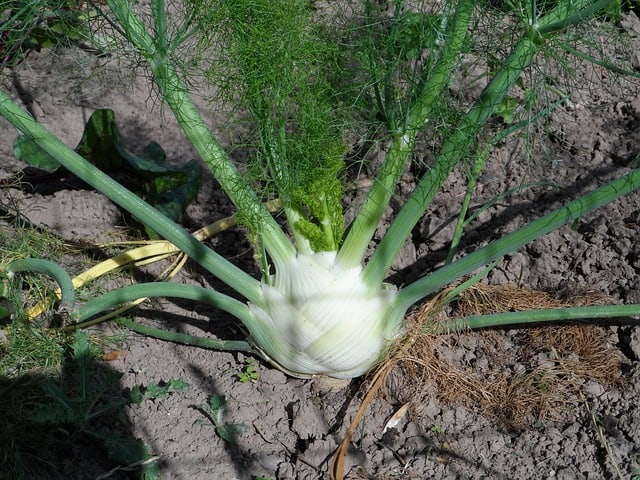
Fennel is a unique herb that can be sown in July, particularly in its bulb form. It thrives in full sun and takes about 90-120 days to mature. Fennel requires loamy, well-drained soil and consistent moisture to develop its characteristic sweet anise flavors, perfect for salads and cooking.
Landscape Plants To Plant In July
Adding landscaping plants in July can enhance the aesthetic appeal of your yard while creating lush environments that thrive in Zone 8’s climate.
Crepe Myrtle
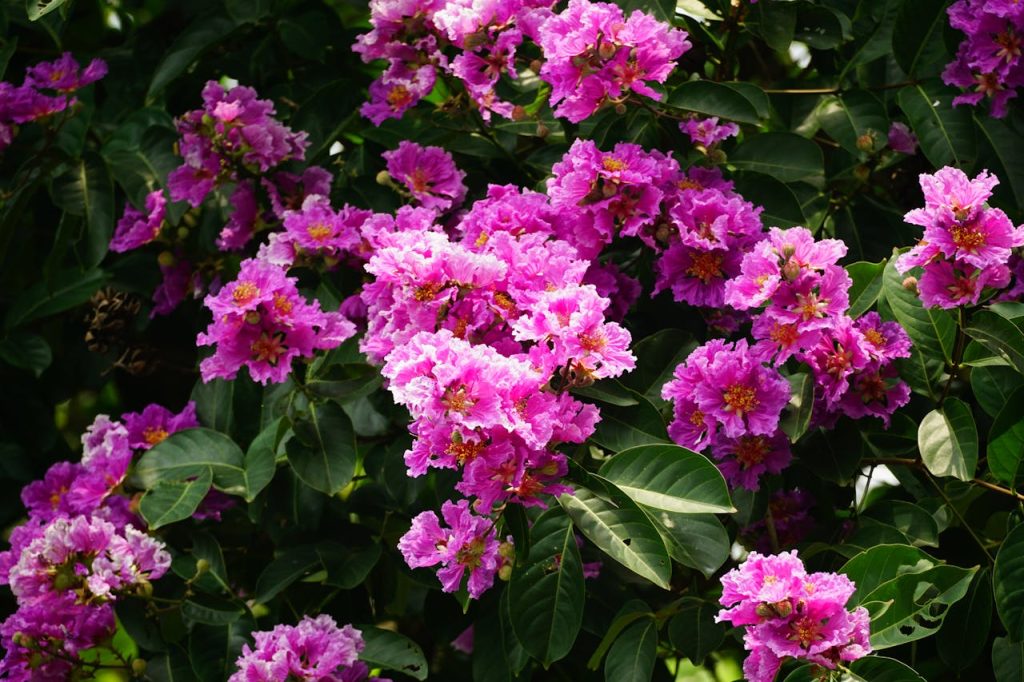
Crepe myrtle is a stunning flowering tree or shrub beloved for its stunning summer blooms. July is an ideal time to plant them in Zone 8, as they establish quickly in warm temperatures. Depending on the variety, you can expect flowers in various colors will emerge in 60-90 days.
Lantana
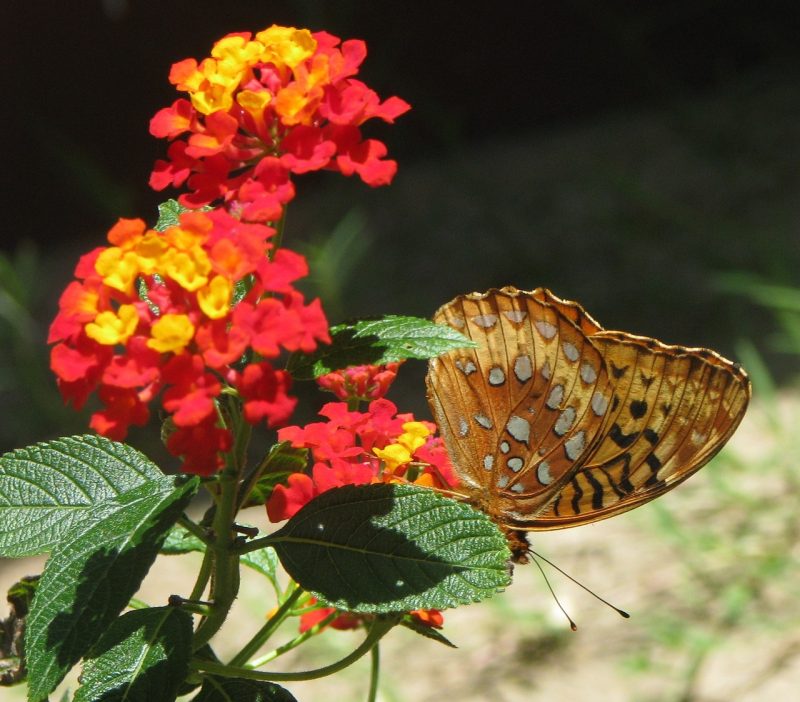
Lantana is a popular ornamental plant that flourishes in full sun and thrives in the heat. July is the perfect time to plant, as it will bloom in about 30-60 days, offering colorful clusters of flowers that attract butterflies. Its drought resistance and ability to grow in poor soil make it a low-maintenance option for gardeners.
Daylilies
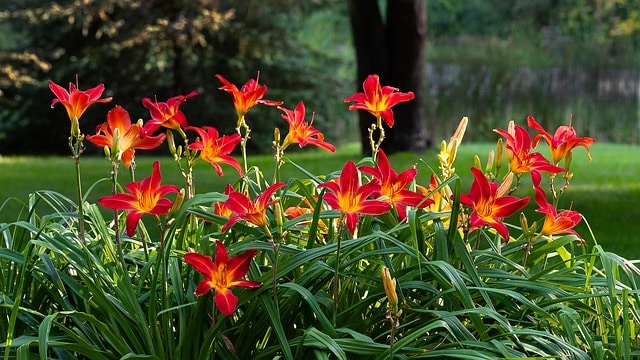
Daylilies are hardy perennial plants that can be planted in July. With their wide variety of colors and shapes, they will typically flower about 60-90 days after planting. Daylilies thrive in well-drained soil and can tolerate drought conditions once established, making them ideal for low-maintenance gardens.
Hydrangeas

Hydrangeas are versatile shrubs suitable for brightening any landscape. July is a suitable time for planting in Zone 8, although attention must be given to their water needs during hot weather. Depending on the variety, hydrangeas can flower within a few months but often take a year or two to establish and reach their full bloom potential.
Japanese Maple

The Japanese maple is an elegant ornamental tree that can be established in July. These trees prefer partial shade, with rich, well-draining soil. Though they may take some time to flourish, once rooted, they will provide stunning foliage in various colors. The growth period can be variable but often begins within 30-60 days.
Salvia

While salvia is typically classified as an herb, many ornamental varieties provide vibrant blooms suitable for landscaping. Planting in July ensures they establish quickly and may bloom until late fall. They prefer full sun and can thrive in a variety of soil conditions, making them a low-maintenance choice.
Encore Azaleas
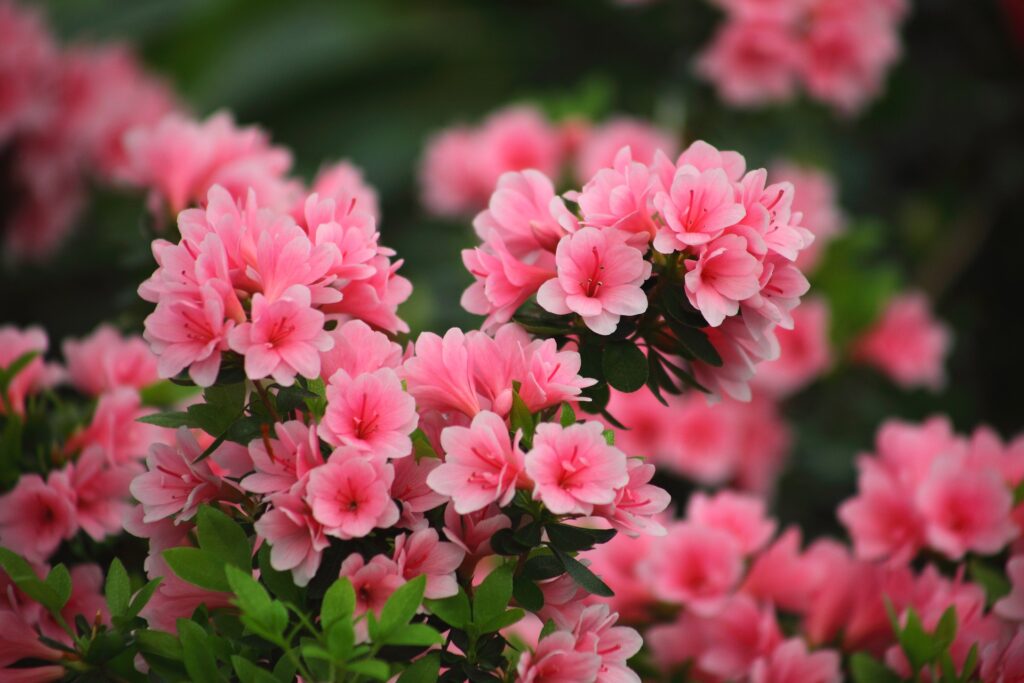
Encore azaleas are perfect for planting in July, providing vibrant blooms throughout the summer and fall. These shrubs prefer partially shaded areas with slightly acidic soil. They require moderate watering to establish, but the reward is a multi-season explosion of color in your landscape.
Gardenias
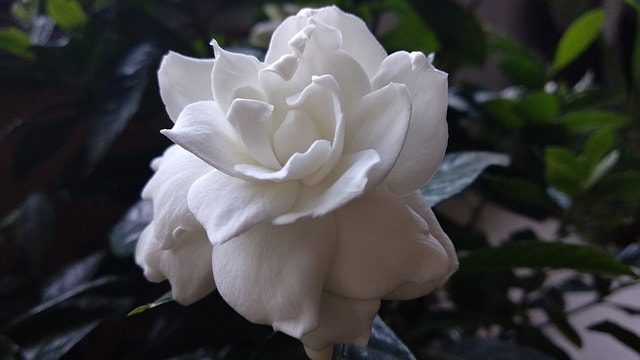
Gardenias are beloved for their delightful fragrance and stunning white blossoms. Planting in July can allow these beautiful flowering shrubs ample time to establish before cooler months. They prefer rich, acidic soil, and regular watering is critical for growth. Once established, Gardenias provide a visual treat and intoxicating scent in late summer.
Butterfly Bush
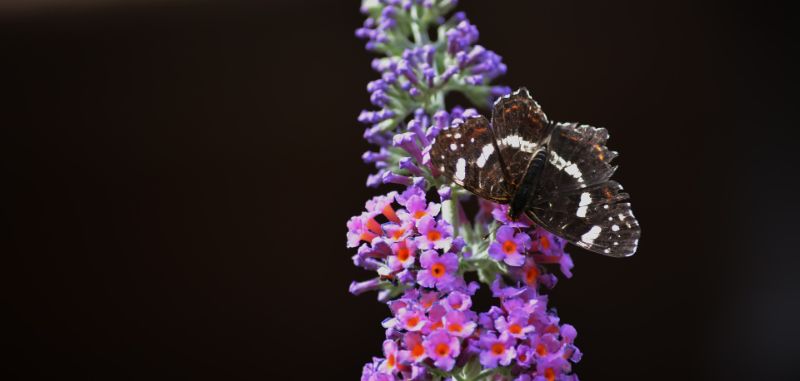
A favorite among pollinators, the butterfly bush can be planted in July for a vibrant display of color. These deciduous shrubs thrive in sunny spots and need well-draining soil for optimal growth. Expect blooms to emerge within 60-90 days, attracting numerous butterflies and other beneficial garden creatures.
Perennial Grasses
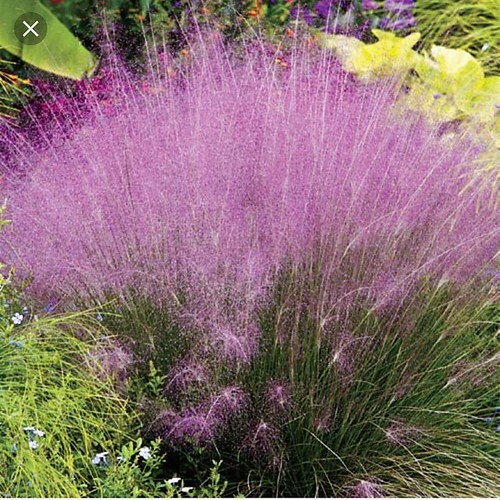
Perennial grasses like Miscanthus and Panicum are exceptional for planting in July. They provide beautiful textures and swaths of greenery to gardens. Once established, they require minimal care and tolerance for variable weather conditions, making them a robust choice for landscaping, with blooms showing in about 60-90 days.


